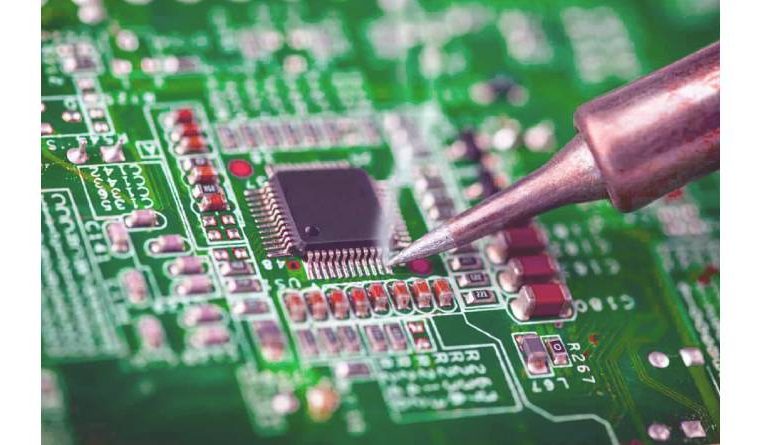
Hello!
I do a lot of soldering and wanted to share my humble opinion on what to look for when choosing a soldering flux.
The first step is to decide on the quality after soldering. Does it matter what you solder? Do you want your repaired PCB to last for a long time? These are important questions, because the answer to them determines the choice of soldering flux.
I assume that the result of your soldering is very important and will tell you how to approach the choice of flux.
There is a classification of soldering fluxes based on their activity during and after soldering. Low-active fluxes of the ROL0 category lose their activity during soldering and after soldering do not have any acidic effects on the printed circuit board or copper conductors. It is also important that after soldering the soldering flux remains conductive to electricity. Sometimes it is very large, more than 10 megaohms, and sometimes it is very low, which causes current leakage between the conductors on the printed circuit board. These are very important characteristics and the proper operation of your electronics depends on them. Judging by the number of Chinese products on Amazon for a few dollars, it is difficult to imagine that they work as they should and are truly considered non-laundering. I’ve tried several different soldering fluxes under $10 and they all have low resistance which causes leaks. This is unacceptable. They solder in general almost identically, but the resistance was negligibly low from 100 kiloohms to 5 megaohms. No printed circuit board will work correctly. Even after cleaning the printed circuit board, the resistance was still low, since flux remained under the components and chips, which is almost impossible to wash out.
It remains a mystery to me that for $10 you can now buy 4 syringes with soldering flux on Amazon. What do they contain? Something quite cheap apparently.
In this case, I began to try soldering fluxes of a more expensive category and identified several options for myself that I tested. The very first one that I tested for a whole month was Diamond Flux FN231 electronics soldering flux.
What did I like about it?
Of course there is a lot of resistance. Immediately after soldering it was 12 megaohms, a day later it was already 16 megaohms, and after 2 weeks the flux resistance rose to 105 megaohms. This is an excellent indicator that virtually no electricity flows through Diamond Flux FN231; the flux acts as an insulator! At the same time, there was also no corrosion on the copper conductors, which is very important for soldering car wires, which I solder periodically. 2 weeks after soldering, the flux dried out and was no longer sticky.
I wash off any flux after soldering and think it’s good form to send the customer a clean printed circuit board. That being said, I also understand that there is some flux left under the electronic components and chips. From there it is impossible to wash it at home.
FN231 Flux does not boil at standard hot air or soldering iron temperatures 320 Celsius.
There is no unpleasant smell. Maybe because I always use air exhaust from the soldering area, but in any case, its smell is better than its Chinese counterparts.
During soldering, the flux does not spread over the entire printed circuit board, nothing special in general, almost like everyone else.
Easy to clean using a spray for cleaning printed circuit boards with a brush. There is no stickiness left. You need to understand that the quality of washing printed circuit boards, and electronics in general, depends on what you wash with and how. It is very important to use the correct flux cleaning fluids like a FluxOff.
I really hope that I have made the pressing issue of choosing a flux for soldering electronics a little easier for you.



